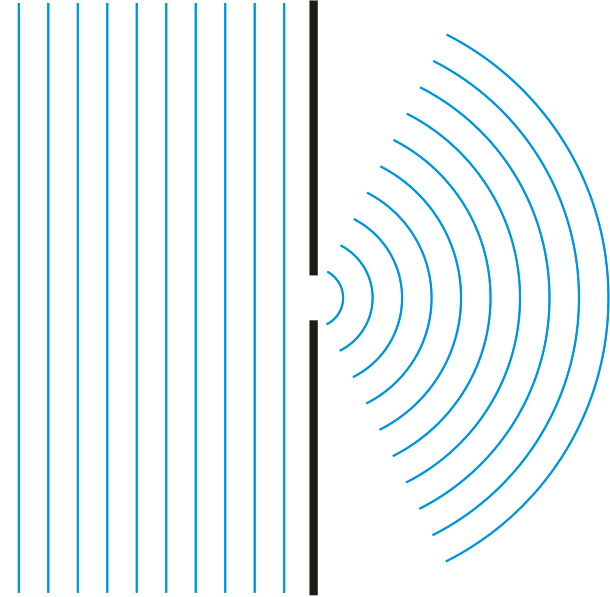
High pitched sound is easier to channel than low pitched sound. You may not have noticed this but you may have. Alright.Īnother example of something with a small wavelength is high pitched sound. You can but you got to look really really really carefully. Right? Now of course light really does display diffraction but the wavelength of light is so small that you have to look very very very carefully to see it. Right? You've got light coming down where there's a boundary, oops, suddenly it's dark. And you can see that very very very easily just by looking at shadows.

And this was actually used for centuries to argue that light is not a wave because it doesn't display diffraction. So if you've got a really really really small wavelength, then you won't be able to observe the effects of diffraction. Now, it's important to understand that the amount of diffraction that you'll see is of order the wavelength. So it kind of chops off the wave here but then after the wave passes through the boundary it starts to spread out and fill in that part of the medium, alright? So that's diffraction. So here's a wave coming in and then we've got a boundary. So once the boundary's not there anymore, well jeez, it's going to spread out to fill the medium. Like you could imagine sound going through like a doorway or you could imagine a wave going through and there's a jetty, alright? So what happens after it goes past this boundary? Well, it's going to spread out to fill the medium, because it's a disturbance in the medium. So let's say that you've got a wave and there's some sort of boundary that it's trying to get around. that's what it is, okay? It disturbs the medium.


Alright? Real real real simple.Ī wave is a disturbance in a medium. Diffraction's a really simple concept but it's majorly confused by a lot of people.


 0 kommentar(er)
0 kommentar(er)
